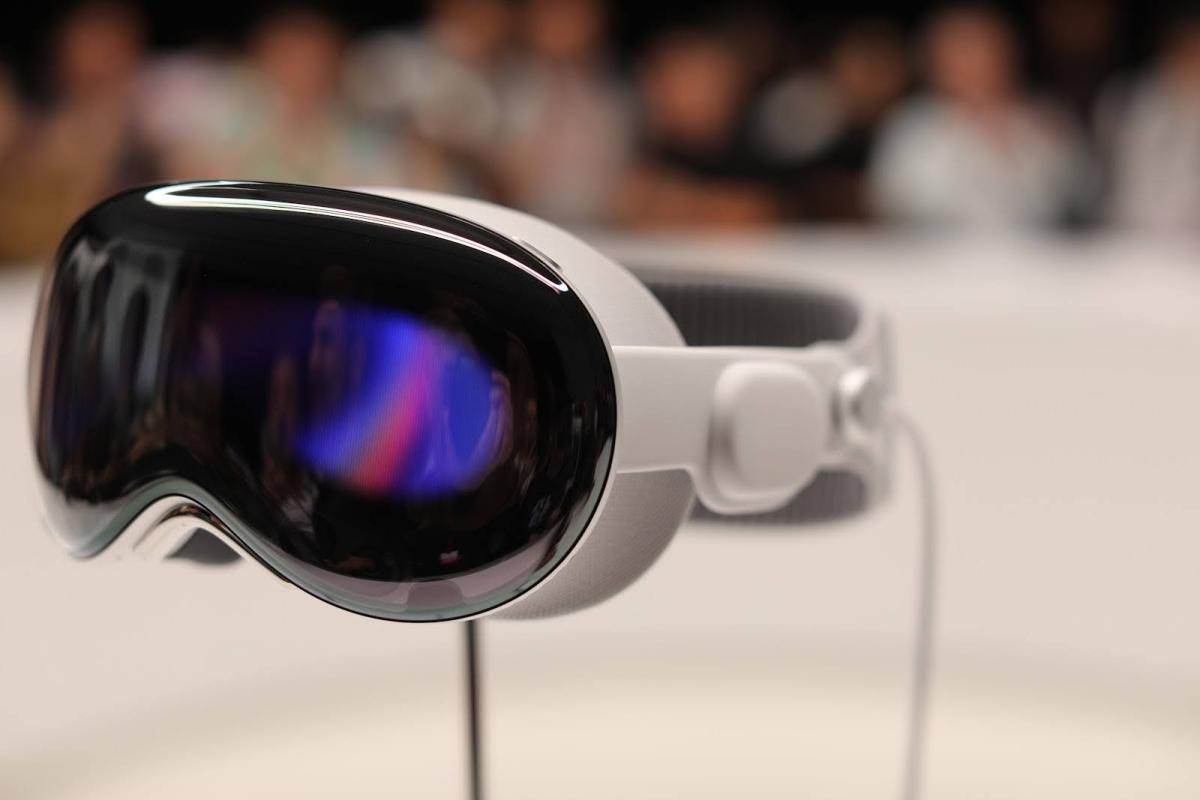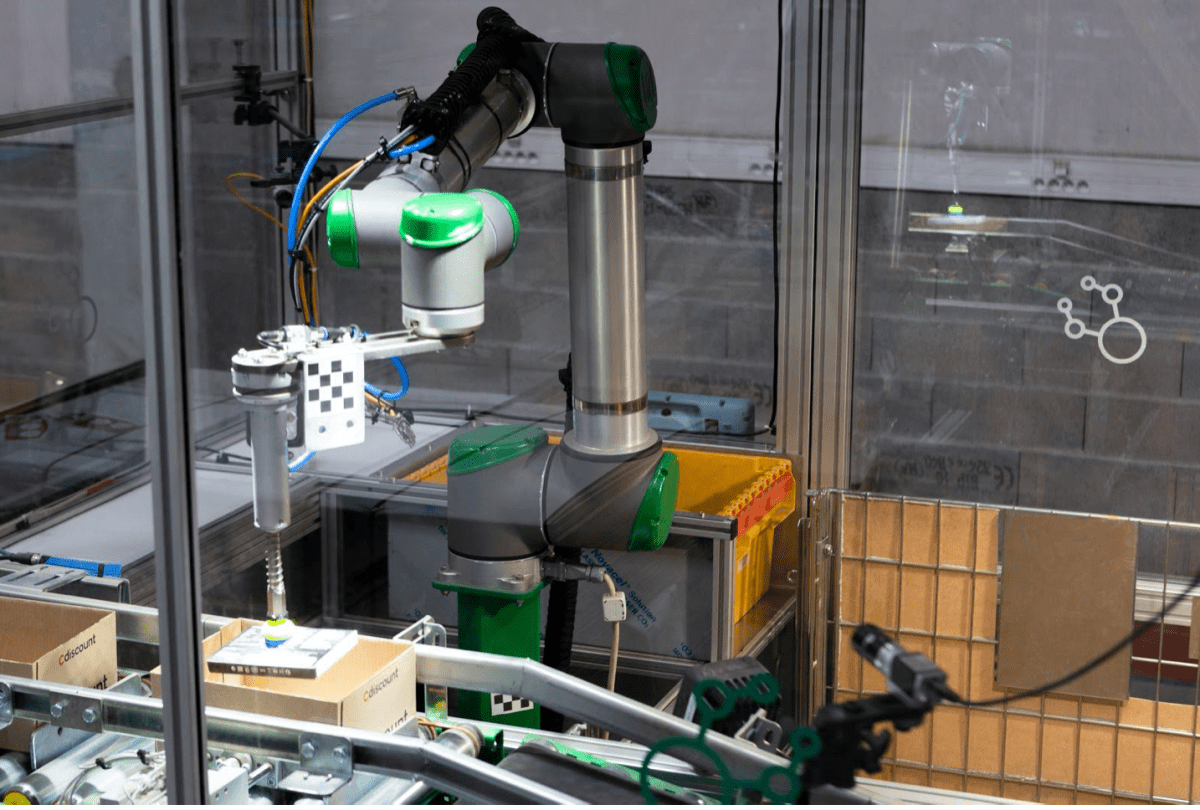Silicon Valley let out a sigh of relief on Wednesday when it learned that President Donald Trump’s tariff bonanza included an exemption for semiconductors, which, at least for now, won’t be subject to higher import duties. But just three days later, some US tech companies may be finding that the loophole actually creates more problems than it solves. After the tariffs were announced, the White House published a list of the products that it says are unaffected, and it doesn’t include many kinds of chip-related goods.
That means only a small number of American manufacturers will be able to continue sourcing chips without needing to factor in higher import costs. The vast majority of semiconductors that come into the US currently are already packaged into products that are not exempt, such as the graphics processing units (GPUs) and servers for training artificial intelligence models. And manufacturing equipment that domestic companies use to produce chips in the US wasn’t spared, either.
“If you are a major chip producer who is making a sizable investment in the US, a hundred billion dollars will buy you a lot less in the next few years than the last few years,” says Martin Chorzempa, a senior fellow at the Peterson Institute for International Economics.
The US Department of Commerce did not respond to a request for comment.
Stacy Rasgon, a senior analyst covering semiconductors at Bernstein Research, says the narrow exception for chips will do little to blunt wider negative impacts on the industry. Given that most semiconductors arrive at US borders packaged into servers, smartphones, and other products, the tariffs amount to “something in the ballpark of a 40 percent blended tariff on that stuff,” Rasgon says, referring to the overall import duty rate applied.
Rasgon notes that the semiconductor industry is deeply dependent on other imports and on the overall health of the US economy, because the components it makes are in so many kinds of consumer products, from cars to refrigerators. “They are macro-exposed,” he says.
To determine what goods the tariffs apply to, the Trump administration relied on a complex existing system called the Harmonized Tariff Schedule (HTS), which organizes millions of different products sold in the US market into numerical categories that correspond to different import duty rates. The White House document lists only a narrow group of HTS codes in the semiconductor field that it says are exempted from the new tariffs.
GPUs, for example, are typically coded as either 8473.30 or 8542.31 in the HTS system, says Nancy Wei, a supply chain analyst at the consulting firm Eurasia Group. But Trump’s waiver only applies to more advanced GPUs in the latter 8542.31 category. It also doesn’t cover other codes for related types of computing hardware. Nvidia’s DGX systems, a pre-configured server with built-in GPUs designed for AI computing tasks, is coded as 8471.50, according to the company’s website, which means it’s likely not exempt from the tariffs.
The line between these distinctions can sometimes be blurry. In 2020, for example, an importer of two Nvidia GPU models asked US authorities to clarify what category it considered them falling under. After looking into the matter, US Customs and Border Protection determined that the two GPUs belong to the 8473.30 category, which also isn’t exempt from the tariffs.



